The following is excerpted directly from the personal notes of Mage Taev Callahan, Indigo of The Great Circle and the continent's foremost arcane botanist. (The reader is gently reminded that all opinions are Mage Callahan's and not the transcriber's.)
Findore
Findore (three syllables, no matter what that halfwit Forest reads aloud) is the primary staple of the
Ryuven and as far as I can make out, has been for several hundred years. It's difficult to be certain, given their difference in generations and in what should be an entirely different cosmos, but the seasons seem to be a near enough match to safely assume. (An oddly near match, in fact, but to dwell on that is to begin to sound like
Mage Ewan Hazelrig and I have more important work—especially now that Hazelrig has yoked me with sorting out a botanical disease in a world I can't visit.)
No one can tell me exactly when the blight on findore began, for the usual reasons; in the beginning, the effects were too small to notice, easily explained away, or even, if noticed, safely ignored. Warning signs, no matter how foreboding, can rarely be heard over current success and profit. I suspect the infection could have been contained in the beginning, with proper attention and prompt action, but I suppose we'll never know. (Never listen to the botanists, no, it isn't as if all of society depends upon their area of expertise, of course not, or as if both famine and war could have been prevented by a little diligent heed to those first low yields.)
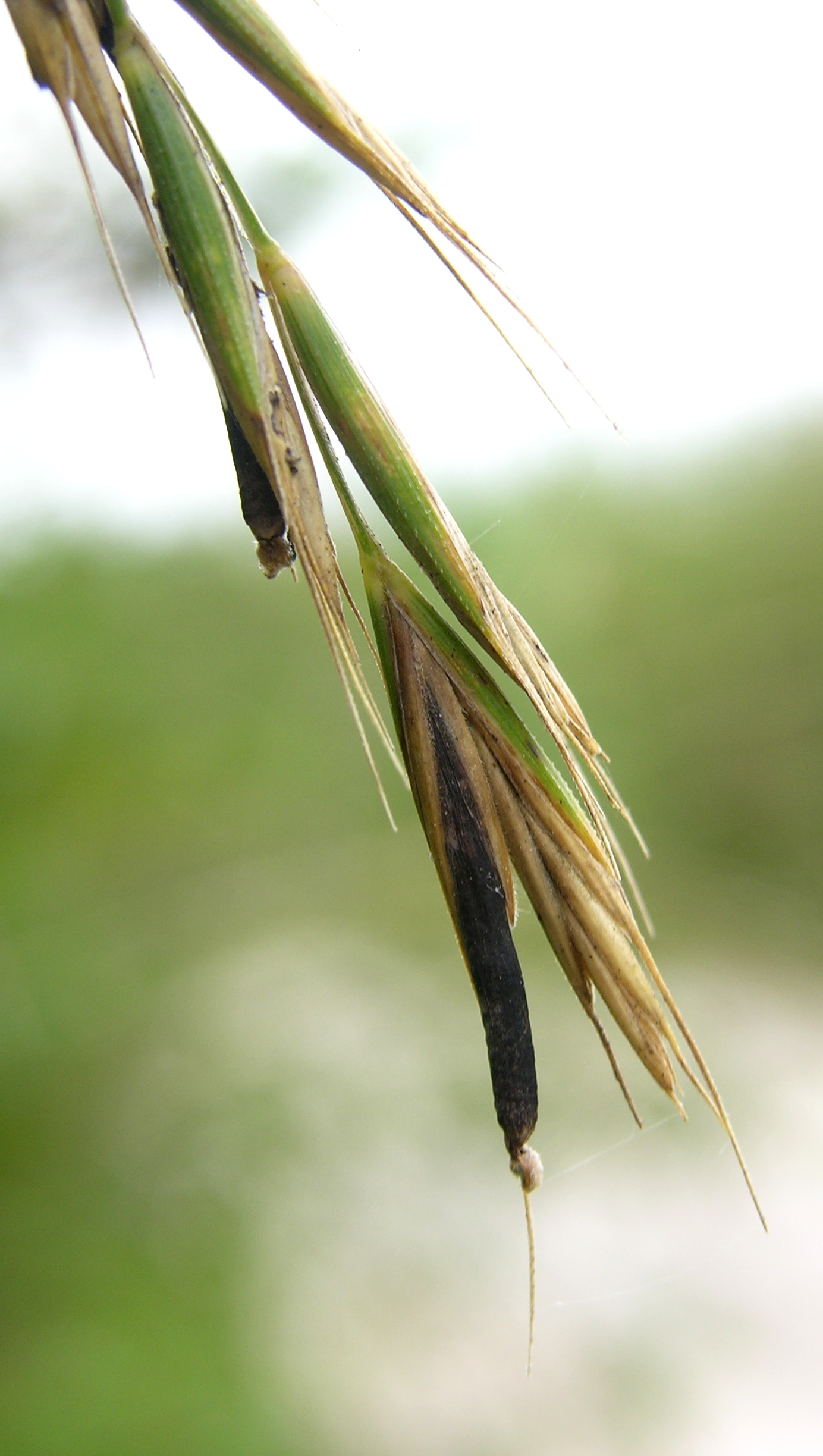
Regardless, the blight eventually began to spread, destroying harvests to varying and greater degree. Ryuven growers attempted to fight it by burning the affected fields, but given what I have discovered, this in fact helped to accelerate the dissemination of the spores. Overreliance on the findore monoculture meant that this accelerating crop collapse was devastating. Ryuven clans fought first with each other for dwindling resources, and then they turned to richer harvests, across the between-worlds to our own kingdom of
Chrenada.
As loath as I am to admit that Mage Hazelrig (the elder) has been right all these years, there was a way to slow the war. The Ryuven raided also for wealth and for prestige, but fundamentally they raided for foodstuffs; one cannot eat prestige. The Ryuven liaison
Tamaryl'sho has explained that the ongoing raids unsettled their social structures as well, granting more opportunities to lower-ranking che who took greater risks to bring greater spoils and threatening the sho in their elite status. (I'm sure there's more as well, but that's again more Mage Hazelrig's field than mine, and I tolerate enough politics in my work already.)
I have to credit Mage Hazelrig (the younger) for her...well, bravery, she's earned the word, in obtaining the dall sweetbud.
Dall Sweetbud
This is a very useful herb—native to our own world, of course, but gathered in recent generations to near extinction.
Mage Ariana Hazelrig's foresight in bringing her Ryuven medicine to me allowed for its identification in the Ryuven world as well, and she had the wit to realize it could be the start of trade. I helped to quietly create a more urgent demand for a plague-treating herb, not that I'll ever hear any thanks for swaying a market so quickly, and a nascent exchange has begun.
It will not last, and it will not be enough; other trade must be found, and another solution for the Ryuven famine. They cannot survive forever on what they purchase from our world. But it is an opening, at least.
Precautions
While the obvious danger seems to have slipped the minds of most of those gripped by the gleeful prospect of forging a trade alliance with our generational enemies, I at least am not a complete idiot, and I have insisted upon a set of precautions to protect ourselves. In particular, all dall sweetbud (which the Ryuven call samur) is to be thoroughly dried before it is brought across the between-worlds and to our markets. I have impressed upon the guards of these designated trading sites that a single batch of half-cured herb could carry the fungus into our fields, devastating our lands as thoroughly as it has theirs. I don't know if they fully understand the danger, but they understand an angry mage of the Circle, and that will do.
These are healthy ears of findore, hard to find these days.
Recovery
I have done what Mage E. Hazelrig has asked of me; I have trained Ryuven students in the rudiments of botanical research and, through my novice students, done my best to observe the cause of this famine and its resulting conflict. Travel to the subject of my studies is of course impossible; Mage A. Hazelrig is still the only human mage to survive the Ryuven atmosphere and herself only barely, in a drugged state and in no condition to conduct meaningful study. Yet I have made some progress. I believe the blight spreads before it is visible to the eye, so that Ryuven attempts to purge afflicted plants are both too late and potentially more harmful, spreading spores on the hot wind to infect other fields.
As the blight seems to affect findore almost exclusively, their monoculture is both blessing and curse. The obvious solution is also the most difficult: To burn out
all their planted fields, destroying the fungus before it can spread, and begin a healthier crop after a complete purge.
But convincing a starving population, already rioting at their state-guarded storehouses, that they should deliberately destroy the few green fields they have, and on the advice of of their ancestral prey—that may be a battle equal to any we have fought with blades and magic.
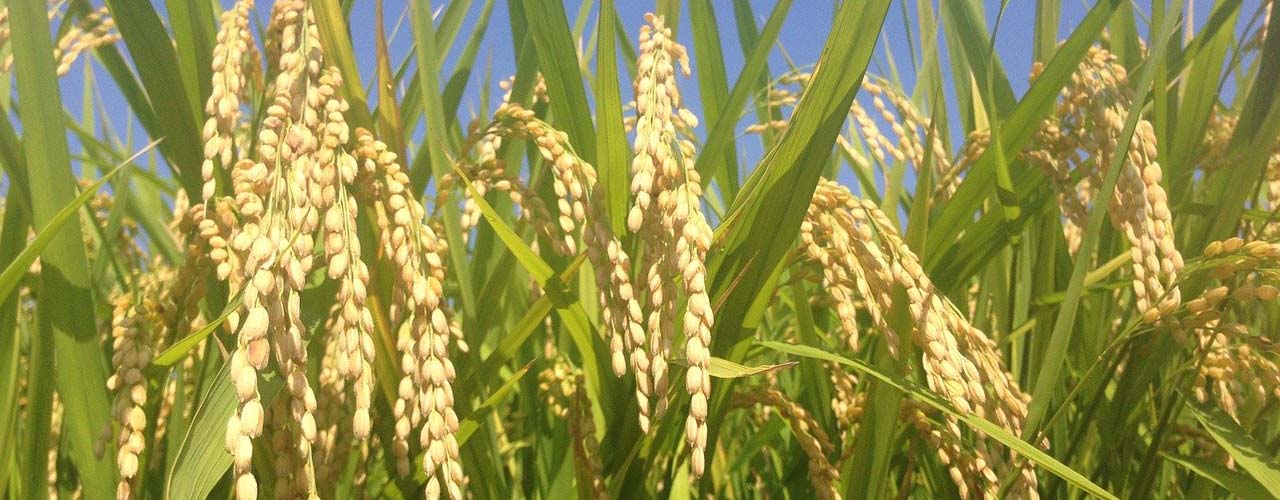

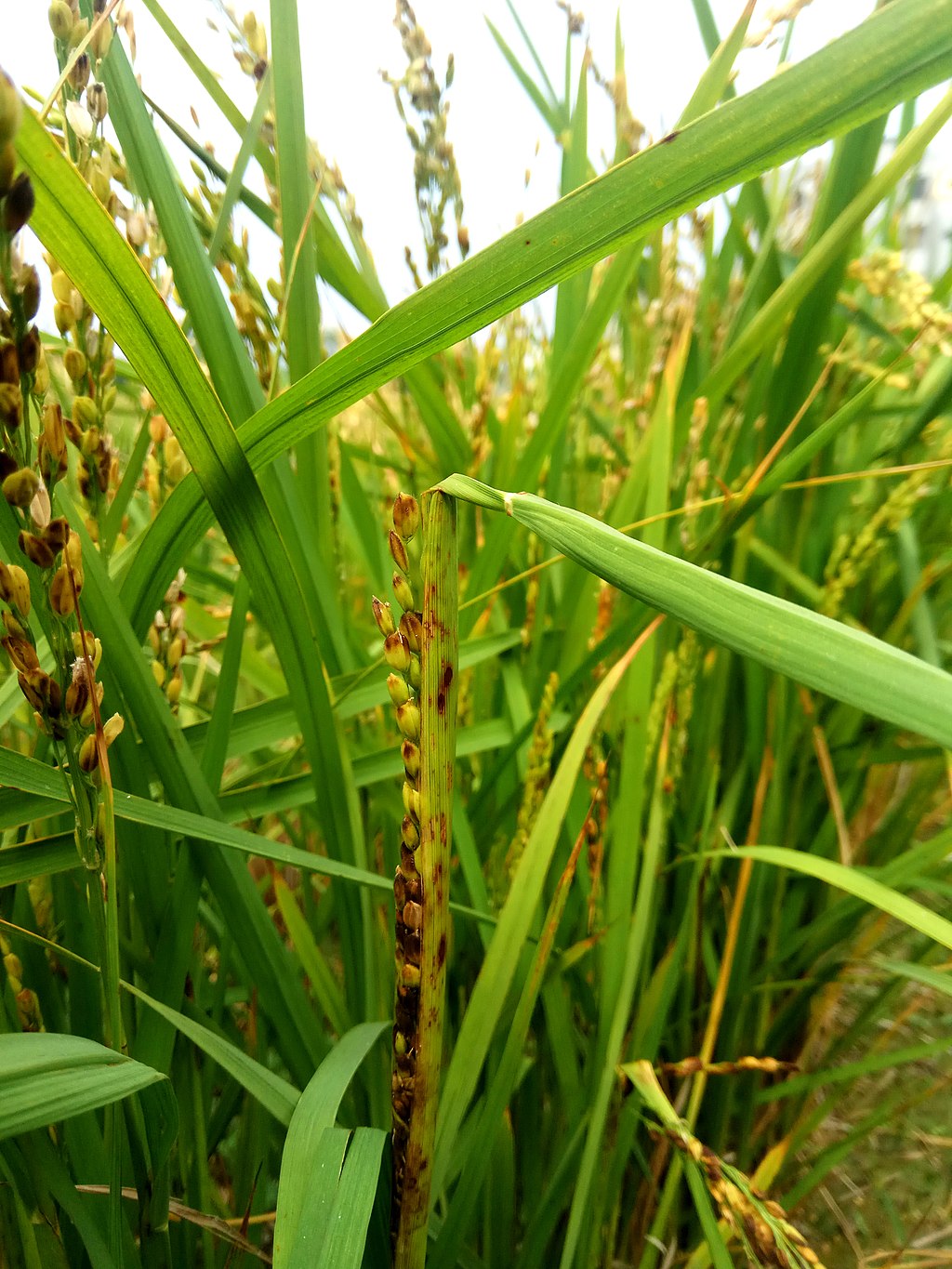

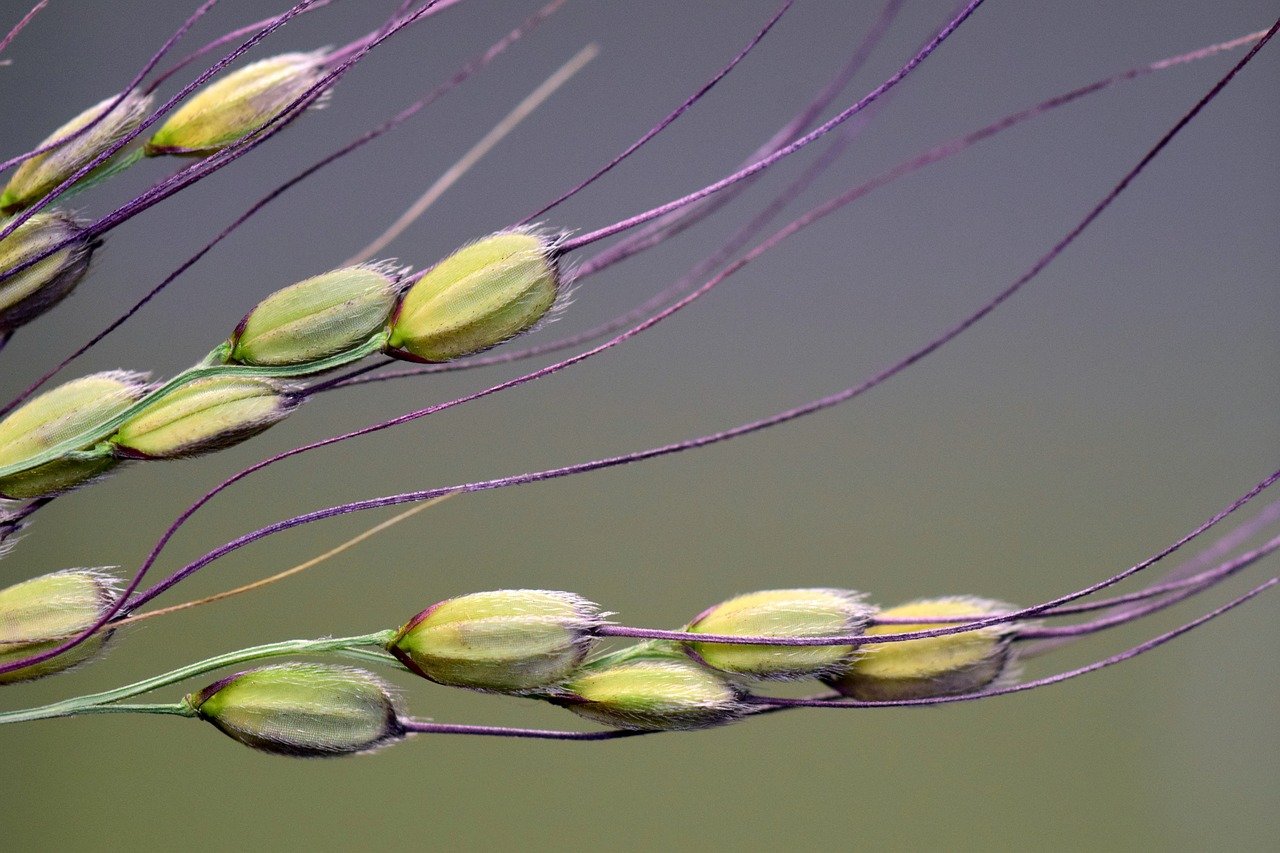
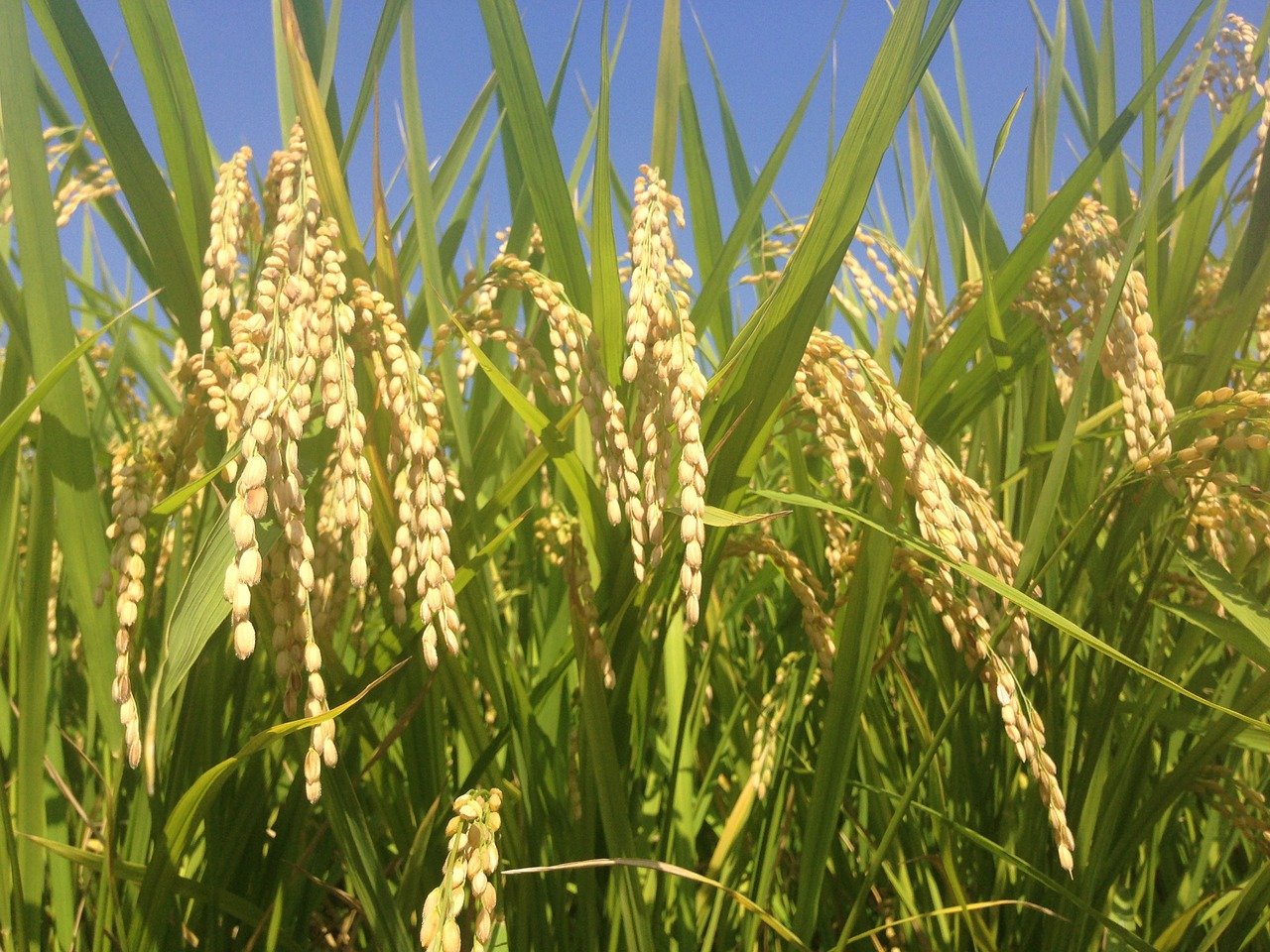




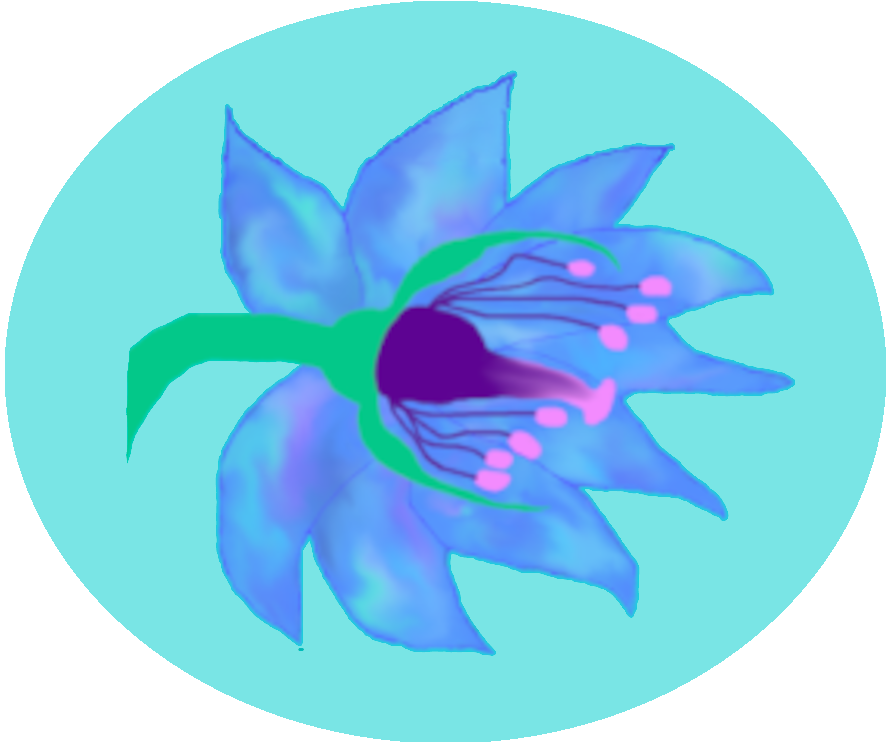

I really liked that this was written from the mage's perspective! It made the article a fun read, especially the parts between brackets. It also seems that you have really put some thought in the cultivation and the impact of this crop. Nice article!
Thank you so much!